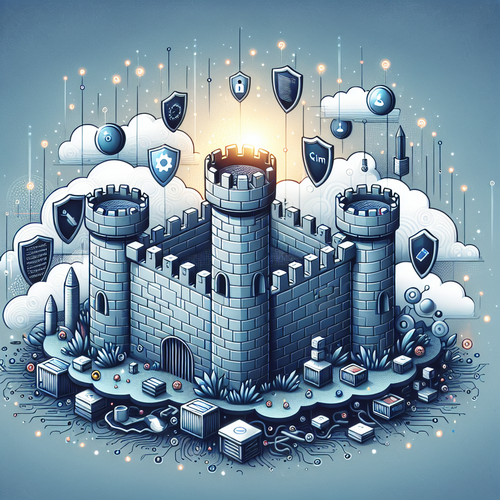
Blockchain Interoperability: Future of Decentralized Apps
Blockchain Interoperability: The Next Frontier for DApps
Blockchain technology has emerged as a critical player in the digital transformation era, promising decentralization, security, and transparency. However, one of its fundamental challenges is interoperability—the ability of different blockchain networks to communicate seamlessly. As blockchain adoption grows, addressing interoperability becomes paramount to unlocking the full potential of decentralized applications (DApps).
Understanding Blockchain Interoperability
Interoperability in blockchain refers to the capacity to share data across different blockchain networks without restrictions. This concept extends beyond mere transactional exchanges; it encompasses the ability to execute smart contracts and facilitate information sharing without intermediaries. Various technological solutions are emerging to achieve this goal, each contributing uniquely to the ecosystem.
Benefits of Cross-Chain Technology
Cross-chain technology offers numerous advantages:
- Enhanced Collaboration: Different blockchains can leverage each other’s unique features, fostering an environment ripe for innovation.
- Improved Scalability: By dispersing workloads across multiple chains, systemic pressure reduces, leading to higher throughput and efficiency.
- Increased Security: Using multiple chains mitigates risks associated with over-reliance on a single blockchain, enhancing overall network security.
Leading Tools and Protocols in Blockchain Interoperability
Below are some prominent tools and protocols driving interoperability:
- Polkadot (Official site): Enables different blockchains to transfer messages and value in a trust-free fashion.
- Cosmos (Official site): Focuses on making blockchain technology less complex and easier to build with a modular framework.
- Wanchain (Official site): Utilizes cross-chain transactions and sharding to build interoperable networks.
Challenges in Achieving Full Blockchain Interoperability
Despite its promising advantages, blockchain interoperability faces several obstacles:
- Complex Consensus Mechanisms: Aligning different blockchain consensus models remains a significant challenge, necessitating sophisticated coordination mechanisms.
- Security Concerns: Cross-chain vulnerabilities could become a point of exploitation for malicious entities.
- Lack of Standardization: The absence of universal protocols can stall efforts towards seamless interoperability.
Conclusion: The Road Ahead
As the blockchain ecosystem evolves, the development of interoperable networks will dictate the success of future DApps. By overcoming prevailing challenges, interoperability has the potential to transform how decentralized technologies function together. Embracing this concept is crucial for driving the adoption of blockchain-enabled solutions across various sectors. For insights into the relationship between blockchain and security, refer to our article on Integrating Blockchain in IoT for Enhanced Security.














